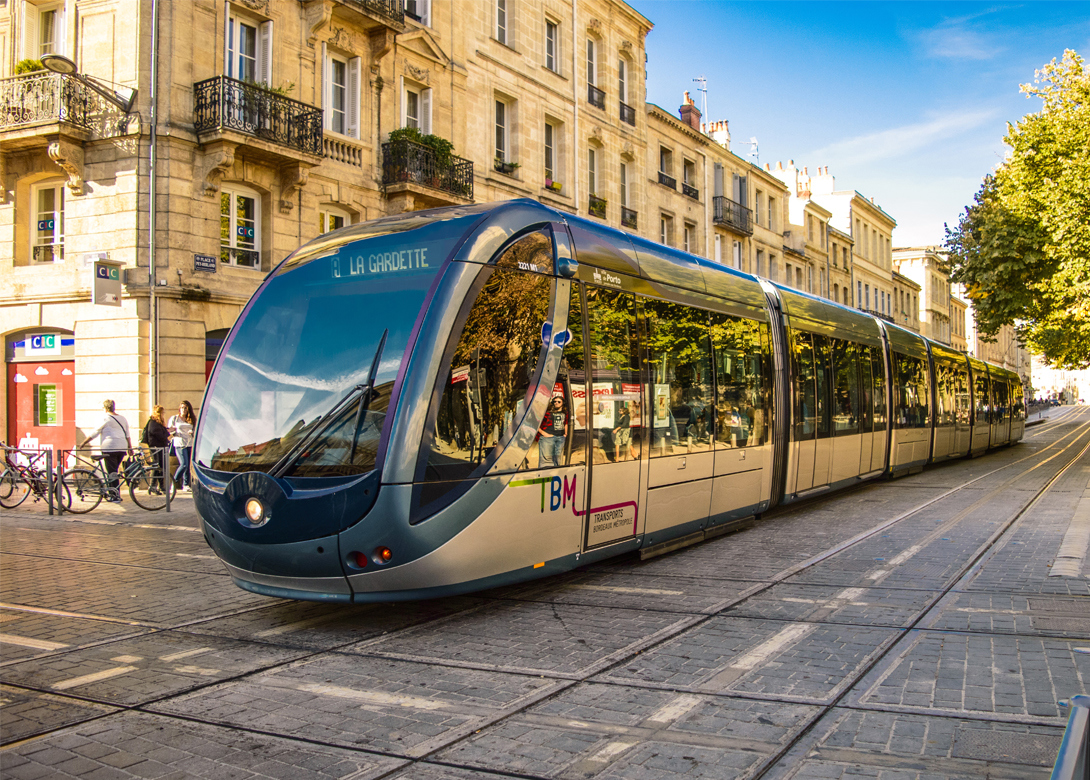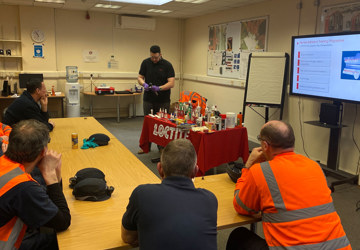

Here, Pandrol explains the current issues surrounding track vibrations and noise pollution in urban areas. In this article, the company offers insight to help solve these problems alongside suggestions on how the rail industry should move forward in the future.
Over the past century, the world has experienced a dramatic growth in urbanisation. Inevitably, these communities need transport, and train, tram and metro networks offer the most sustainable solution. However, their associated noise and vibration can create issues for the people living and working alongside them, particularly with frequent services.
What causes noise and vibration?
The most efficient aspect of rail transport is the low friction, steel to steel contact between the wheel and rail, resulting in low maintenance. However, it is also the cause of noise and vibration. Furthermore, the vibrations caused by this contact goes into the ground and travels to nearby buildings, where it converts into secondary noise, as walls and floors vibrate and can act as speakers. With brand new tracks, this noise is likely to be minimal. But as soon as there are slight deteriorations in geometry, vibrations increase.
Common causes of noise in tracks include a poorly welded or ground rails or a rail fixed with fish plates leading to a rail head defect. Also, wheel slips creating a small indentation in the rail, which are often caused by drivers braking too hard – this can also damage the wheels. Curves in the track, bridges and viaducts can create noise and vibration issues, as vibration is transmitted into the structure. Inaccuracies in the track geometry and the alignment changes created by switches and crossings can also become a source of noise and vibration.
At track level, there are four ways to limit noise and vibration. Delivering a new rail system, monitor and maintain the rail system, reduce track degradation by adding track resilience or mitigate noise and vibration. Mitigating the impact of noise and vibration at the design stage of any new or upgraded track is often the best option. Construction needs to be carried out carefully to avoid local defects generating noise and vibration, with a focus on smooth track geometry, good wheel design and rail interaction.
Monitoring track and wheel quality
Maintaining the quality and geometry of the track is essential for the mitigation of noise and vibration. To achieve this, the condition of the track needs to be consistently monitored and any maintenance or repairs carried out efficiently. This reduces the vibration and prevents faults worsening and causing secondary issues. In addition, active wheel monitoring must be carried out to ensure train wheelsets are in a good state of repair and will not damage the track. In this instance, Pandrol suggests its Head Wash Repair welding process, which enables a quick, cost-effective repair of defects and flash butt welds.
Controlling track quality
Introducing an elastic medium with specific spring characteristics can also help to maintain high quality over the lifetime of the track. For this, Pandrol recommends its Under Sleep Pads (USP) which increases the quality of ballasted track by improving ballast contact. The company states this reduces maintenance and provides vibration mitigation through fixing elastic elements to the bottom surface of the sleepers.
Isolating track to reduce vibration transmission
Creating a mass spring system can further mitigate noise and vibration. As a result of the introduction of an elastic medium with specific spring and damping characteristics, vibration energy remains in the track and is not transmitted to neighbours. Various levels of vibration reduction can be achieved, using methods ranging from the introduction of soft fasteners through to the integration of soft floating slab track, depending on specific design requirements and conditions.
Pandrol offers a range of soft solutions, including Bonded DFF and DEE baseplates, as well as Booted Block Pads. These help to reduce impact and vibration in urban areas with low to medium requirements. Soft Under Ballast Mats offer an alternative for ballasted track. For metros, Pandrol recommends its Vipa DRS system, which is suitable for installation on non-ballasted track and in areas where reduction in vibration and secondary noise is required. This product features a Pandrol e-Clip baseplate mounted on a studded natural rubber pad that provides the system resilience. The configuration can be tuned within limits to meet requirements for axle loads and stiffness.
Conclusion
As urbanisation continues to increase, rail transport lies at the heart of the need to reduce traffic congestion and help the four billion people who live in towns and cities move around in a sustainable way. As a result, minimising the noise and vibration created by urban railways, trams and metros is essential. Good design and maintenance are key. Moving forward, the rail industry needs to ensure effective noise and vibration solutions are integrated within new and existing rail networks from the outset, to enable people to live peacefully alongside the railway.

Becca is the latest member to join our team and is eager to get stuck into the world of fasteners. She brings an enthusiastic and fresh outlook on what we do editorially and will be leading our social media activity – including sourcing material, editing articles and posting online.





